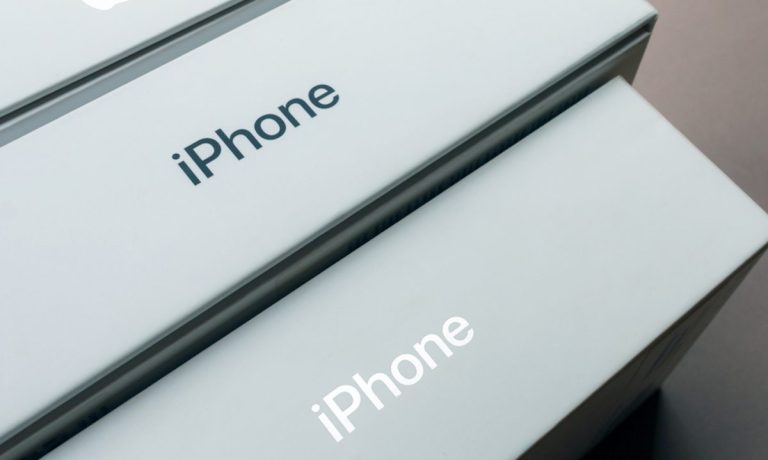
As the iPhone goes, so goes Apple.
On Tuesday (Sept. 14), the tech world’s collective eyes will be on the hardware and software juggernaut’s “California Streaming” event, which will feature a slew of new products, among them the latest iteration of the iPhone.
And beyond the vagaries of chip shortages and urgent security fixes, J.P. Morgan Analyst Samik Chatterjee, as quoted by AppleInsider, has written in a research note that “in our view, Apple has already guided to F4Q quite conservatively. We think it can still meet its conservative guidance based on existing momentum in iPhone 12 sales, as well as momentum in Mac and iPad sales, and a normal shipping timeline toward late September will imply an upside to consensus estimates.”
In other words, the speed bumps that may confront the launch and initial uptake of the phone itself may be short-lived.
Read more: Security, Supply Chain Issues Overshadow Apple’s Annual Product Debuts
But it’s important to note that despite how Apple’s iPhone sales may fare, it’s tough to draw a bead on comps, as unit economics for various hardware offerings are not released by the company – and pressure on the services business may loom. Through the first nine months of this fiscal year, iPhone sales were up more than 37%.
5G offers at least some tailwind here, given the fact that the technology standard has made only limited progress around the world. The conventional wisdom holds that as 5G becomes more widely available, folks will scramble to have their phones in place to be able to capture and enjoy the new use cases it will enable.
But that might spawn a “wait and see” approach for the newest phone, which would run counter to analysts’ expectations — especially after the iPhone 12 helped drive record growth. There will be other hardware-related announcements at the “California Streaming” event that would bolster the hardware segment’s contribution, which is 78% of the consolidated revenues.
App Store in Focus
Of more immediate concern might be the services line, which seems on track to be significantly altered by the recent legal developments that directly impact the App Store.
Earlier this week, a judicial ruling was handed down stating that Apple cannot stymie developers’ efforts to give their own end users alternative ways to pay – which, in turn, helps those developers skirt paying up to 30% commissions directly to Apple. Now, the ruling does not effectively end Apple’s 30% commission. Developers need not use in-app purchasing, but telling consumers about other payment options doesn’t mean they will always move toward the other options.
Thus, consumers who purchase apps may trigger that commission “event” – in other words, this revenue stream does not completely dry up. In fact, according to the ruling itself, “the Court finds that the relevant market here is digital mobile gaming transactions, not gaming generally and not Apple’s own internal operating systems related to the App Store.” It seems the model, though altered a bit, still stands. Sales of hardware – specifically the iPhone – drive apps.
But the pressure on the App Store, however it plays out, means that more importance will be placed on other service-related revenues, such as subscriptions. Apple Pay has not had the torque that some might have expected. Of more than 3,600 consumers surveyed, PYMNTS found that only 6% of consumers use Apple Pay to make in-store purchases.
Related news: Seven Years Later, Only 6% of People with iPhones in the US Use Apple Pay In-Store When They Can
iPhones may be all the rage, it seems, and everyone likes new tech-related bells and whistles. But Apple has its own service-revenue-related challenges that come alongside the opportunities.